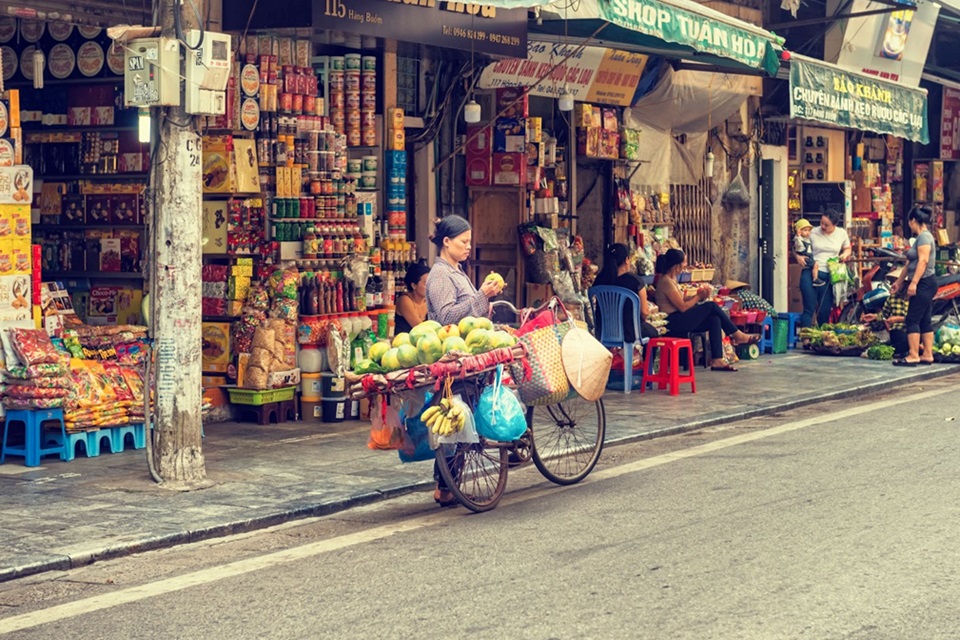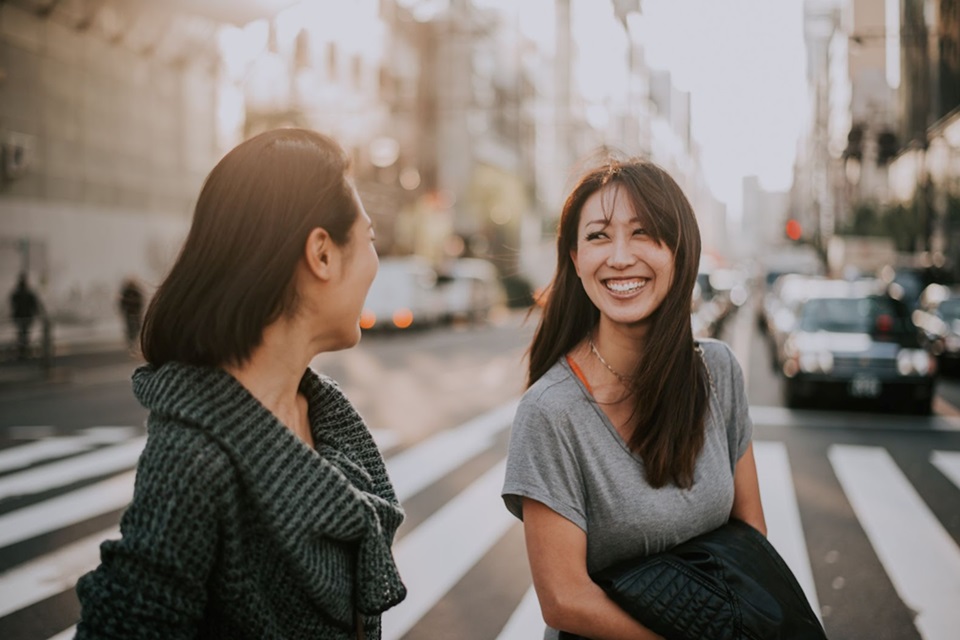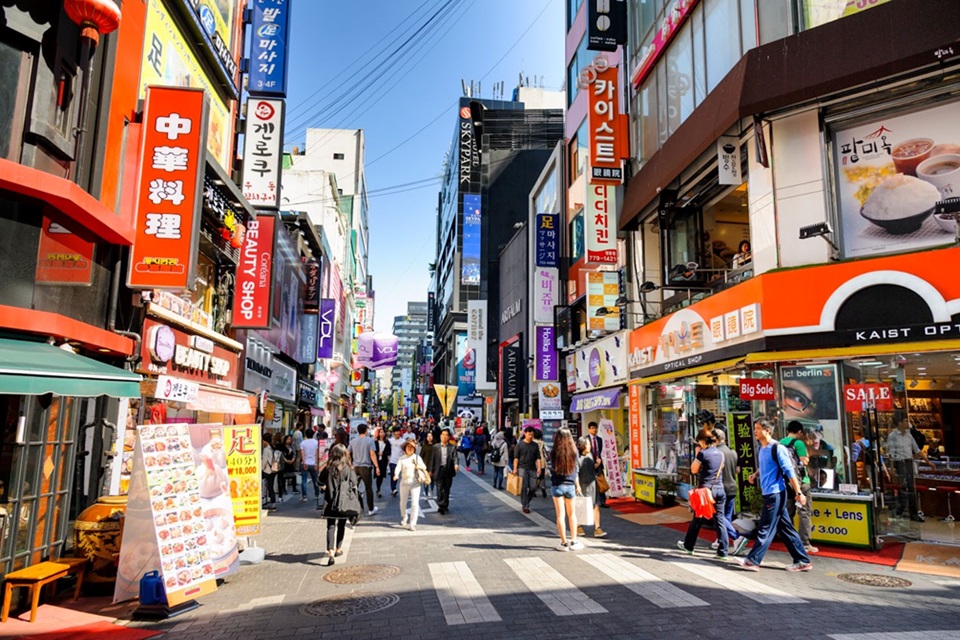Being a beginner photographer, you might think that learning street photography is challenging and requires expensive equipment. Moreover, you have to deal with the stress of numerous bypassers interfering with your street photo shoot. However, street photography can be an accessible and rewarding pursuit for photographers of all levels, including beginners. You just need a keen eye, patience, and helpful tips for taking quality street images.
In this article, you’ll discover what makes a great street photo and beginner-friendly composition, lighting, and building photography tips that will help you manage the hustle and bustle. Read on!
What Is Street Photography?
 Street photography is a genre of photography that captures candid, unposed moments of people and scenes in public places. It documents everyday life, human interactions, genuine emotions, and the essence of urban environments like streets, parks, subway stations, and markets. Overall, street photography involves photographing subjects without them being aware of the camera’s presence.
Street photography is a genre of photography that captures candid, unposed moments of people and scenes in public places. It documents everyday life, human interactions, genuine emotions, and the essence of urban environments like streets, parks, subway stations, and markets. Overall, street photography involves photographing subjects without them being aware of the camera’s presence.
As a photographer, you don’t necessarily have to focus on shooting landmarks, landscapes, or portraits. Instead, you have to focus on capturing moments as they unfold, whether it’s a businessman seeking shelter from the pouring rain, a child buying a pretzel from a street vendor, or a driver stuck in city traffic. You must focus on telling a story that viewers can relate to and find meaning in.
Fundamental Rule Of Street Photography
The number one rule in street photo shoots is respect toward your subjects. You must capture candid moments without intruding or exploiting the individuals in your frame. Moreover, it’s essential to adhere to cultural sensitivities and privacy, ensure you obtain consent when necessary, and present subjects with dignity. If someone doesn’t wish to be photographed, make sure to respect that.
Additionally, every country has local laws about photographing people in public, and you should study them beforehand. This way, you can take striking street photos and comply with the regulations, respecting both legal and ethical boundaries.
8 Street Photography Tips For Beginner Creators
Consider these eight street photography tips to ensure you get the most out of your shooting endeavor.
1. Choose Comfortable Gear
When selecting a camera, prioritize your comfort and convenience. Your equipment should be easy to handle, carry, and navigate, so that you can focus on the creative aspects of photography. You can opt for a DSLR, mirrorless camera, or smartphone.
- DSLR (Digital Single-Lens Reflex)—provides reliable autofocus and performance. You can capture detailed scenes and use numerous lenses to take versatile shots with different focal lengths and perspectives.
- Mirrorless camera—a lightweight, compact option, perfect for unobtrusive street shots. It offers interchangeable lenses, making it an excellent choice for beginner street photographers who value mobility, image quality, and lens variety.
- Smartphone—a go-to choice for photographers who prioritize convenience, discreetness, and portability. Modern smartphones offer numerous shooting features, including manual controls, portrait modes, and night photography, allowing you to take high-resolution pictures without additional equipment.
2. Use A Prime Lens
Prime lenses are known for their sharpness, superior image quality, and compact and lightweight design that ensures discretion. They offer wide apertures so you can work in low light conditions and capture a shallow depth of field, making subjects pop against blurred backgrounds. Moreover, prime lenses have a fixed focal length of 35mm or 50mm, encouraging you to move around and find the perfect shot rather than rely on a zoom. This challenge can boost your creativity and stimulate you to find new perspectives.
3. Focus On Composition & Perspective
 Among street and architectural photography tips, composition is crucial in creating visually compelling and impactful images. You must employ the main photography principles like the rule of thirds, leading lines, and framing to guide the viewer’s eye, accentuate unique street structure elements, and provide context. Make sure to look for interesting backdrops, symmetrical patterns, unique architecture, and dynamic human interactions. You can also play with different angles, e.g., shoot from the hip, get low, or try an aerial perspective.
Among street and architectural photography tips, composition is crucial in creating visually compelling and impactful images. You must employ the main photography principles like the rule of thirds, leading lines, and framing to guide the viewer’s eye, accentuate unique street structure elements, and provide context. Make sure to look for interesting backdrops, symmetrical patterns, unique architecture, and dynamic human interactions. You can also play with different angles, e.g., shoot from the hip, get low, or try an aerial perspective.
4. Use Available Light
Street photo shoots often require you to work with natural light. You must learn how to benefit from different lighting conditions, whether it’s the soft glow of the golden hour (early morning after sunrise and late afternoon before sunset), the dramatic shadows cast by the midday sun, or the moody ambiance of an overcast day. Pay attention to the light’s direction and intensity, and choose the right angle and moment to capture the textures, details, and human emotions in your street scenes.
5. Be Observant
To capture striking spontaneous moments, spend time observing human characters, expressions, interactions, and the flow of daily life. Tune into the nuances of human behavior and learn how to anticipate and capture those split-second actions that depict universal human experiences. A fleeting glance, a burst of laughter, a sudden gesture, or even the juxtaposition of different individuals in a public space can all become the central elements of a memorable photograph.
6. Engage With People & Get Close
 Don’t be afraid to approach people and interact. A brief smile, nod, or chat can create a more intimate portrait or story you can encapsulate in your photo. Moreover, connecting with your subject can make them more relaxed and expressive. This way, you can capture their genuine personality and emotions, adding depth and authenticity to your street photography. Remember the words of famous photojournalist Robert Capa: “If your pictures aren’t good enough, you’re not close enough.”
Don’t be afraid to approach people and interact. A brief smile, nod, or chat can create a more intimate portrait or story you can encapsulate in your photo. Moreover, connecting with your subject can make them more relaxed and expressive. This way, you can capture their genuine personality and emotions, adding depth and authenticity to your street photography. Remember the words of famous photojournalist Robert Capa: “If your pictures aren’t good enough, you’re not close enough.”
7. Depict Life’s Contrasts
The streets are full of real-life contrasts and contradictions—old and new, rich and poor, joy and sorrow. Look for juxtapositions of elements, e.g., a wealthy woman walking past a homeless person, a brand-new car parked next to a historic landmark, or a child crying amidst a birthday celebration. Highlighting these contrasts can add depth and narrative to your street photos, making them more captivating and memorable.
8. Study The Works Of Fellow Street Photographers
To find inspiration and discover unique techniques and approaches:
- Study and analyze the works of renowned street photographers, like Eric Kim or Rui Palha.
- Learn how they compose their shots, interact with light, and capture fleeting moments.
- Explore their portfolios to understand their style and creative vision.
Moreover, some professionals create comprehensive street photography tutorials, which can provide invaluable insights into their thought processes, camera settings, post-processing methods, and work principles. This knowledge can help you create high-quality, impactful images and develop your own style and creative vision.
Step-By-Step Instruction On Capturing Street Photos
 How do you take a street picture? These steps will guide you through the process:
How do you take a street picture? These steps will guide you through the process:
- Observe your surroundings. Walk around your chosen location and explore unique architecture, people, and street scenes.
- Choose your gear wisely. Opt for a small, unobtrusive camera that won’t draw attention and will be easy to carry around.
- Decide on a shooting technique. Do you want to go for a candid or interactive shot? Or maybe you want a close-up or environmental portrait?
- Compose your shot. Consider the background, lighting, and any distracting elements that might get into your frame.
- Wait for the decisive moment. Stick around for that split second where everything comes together—expression, action, and composition.
- Take the shot. Trust your instincts and take the shot. Don’t worry if the photo isn’t perfect on your first try.
- Review and learn.Analyze your images, understand what worked and what didn’t, and capture more moments to refine your skills.
Summing up
Taking high-quality street photos involves observation, storytelling, and creative expression. You must embrace the challenges of urban environments, trust your instincts, and explore streets with your camera in hand. Use the valuable tips and techniques presented in this article to navigate bustling streets and create compelling images.








No Comments